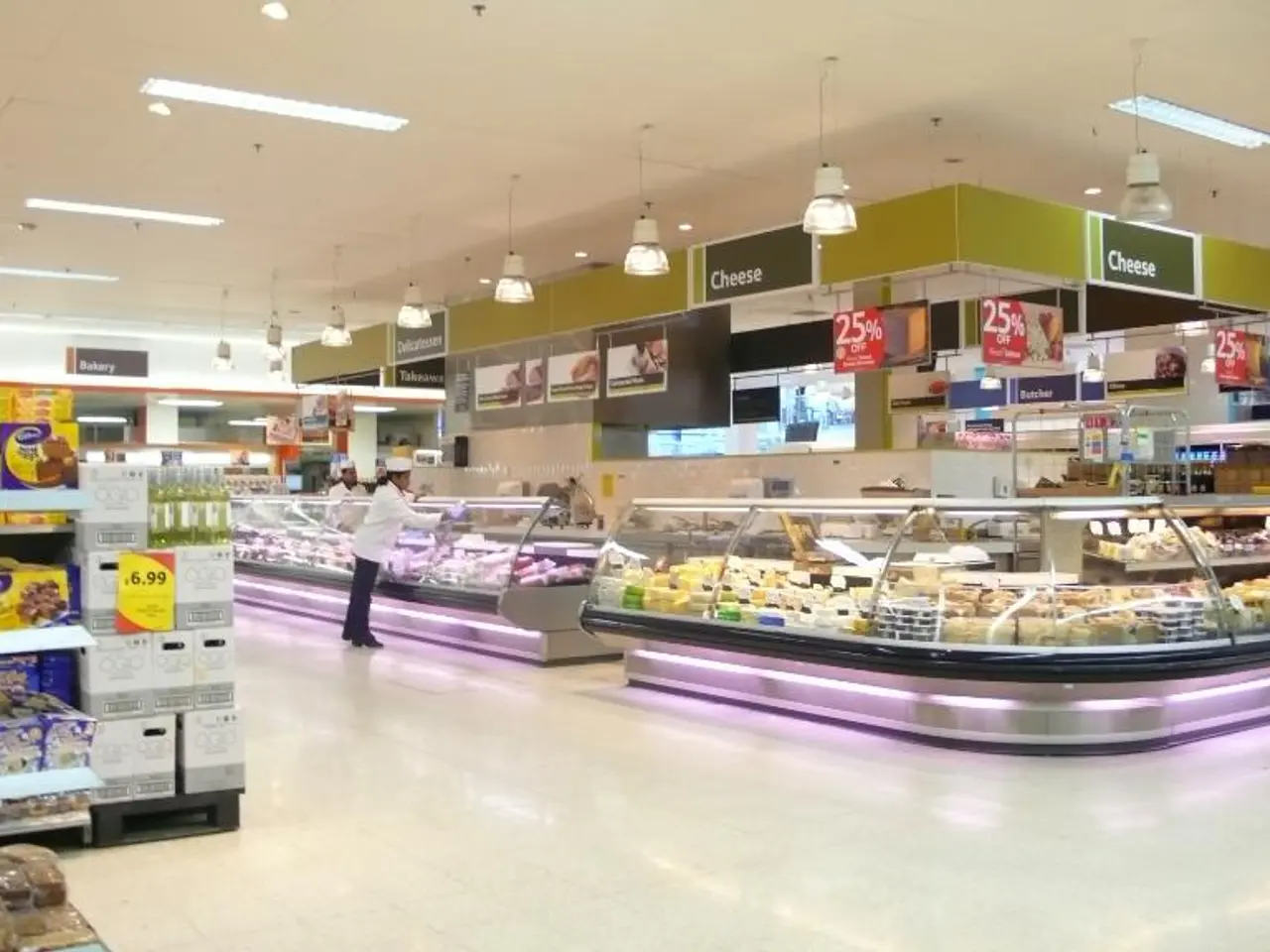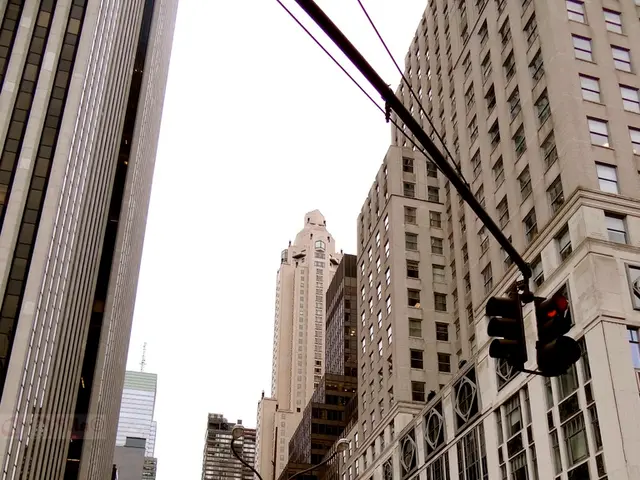Price setting dilemma in retail sector
In the current economic climate, retailers are grappling with the challenges posed by inflation and tariffs, as both lower-income and higher-income shoppers adjust their spending habits. While lower-income shoppers struggle to afford essentials, higher-income consumers are opting for more affordable options.
Amidst these changes, retailers find themselves in a delicate position. They must communicate the fact that tariff-related price hikes are outside their control, while also weighing options to mitigate these increases and protect their margins without being accused of gouging consumers.
One strategy that has gained traction in inflationary times is the turn towards private label products. Consumers are increasingly seeking out these cheaper alternatives, offering retailers a potential solution to the tariff conundrum.
Tech also plays a crucial role in helping retailers make data-driven decisions quickly, particularly for larger operations with multiple departments and varied assortments. For instance, Revionics recently announced the alpha release of its multi-agent AI pricing system.
The unpredictable nature of trade policy under President Trump has made it difficult to predict the cost of goods or future tariffs. As a result, consumers are on the lookout for deals and are quick to shun anything they deem overpriced, especially during times of economic stress.
Most consumers are likely to feel the first pinch from tariffs during the year's peak shopping periods, starting with back-to-school season. Some retailers may even see a pull-ahead of holiday sales as shoppers spend ahead of potential tariffs during these seasons.
When it comes to pricing strategies, retailers have the option to hike prices on goods with less price elasticity and reserve promotions for those with more. Larger companies like Walmart also have more options to tamp down costs, such as marketing, during times of tariff increases.
Interestingly, the pharmaceutical industry has had a particular advantage under President Trump's tariffs, as it could shift production to the USA and thus better transfer the tariff increases to prices. Other industries, however, have suffered significant damage from the tariffs due to their inability to easily adjust.
Retailers refer to tariffs as the 'Christmas tax', acknowledging the potential impact on consumers during the holiday season. Longer term, subbing American-made goods for imported ones may be an option, but it is a complex, difficult, expensive, multiyear endeavour.
A recent report by Numerator revealed that essentially all households (99.9%) purchased at least one private label grocery item in the past 12 months, suggesting that this trend may persist. Furthermore, the U.S., as the largest importer of goods in the world, including consumer goods like toys, clothing, jewelry, and electronics (according to a report by the Tax Foundation), will continue to feel the effects of tariffs.
Some retailers are considering having a line item on the receipt that specifically shows the tariff-related cost, providing transparency to consumers about the factors influencing prices. As the retail landscape continues to evolve in response to tariffs, it remains to be seen how these strategies will shape consumer behaviour and the industry as a whole.
Read also:
- Deepwater Horizon Oil Spill: BP Faces Record-Breaking Settlement - Dubbed 'Largest Environmental Fine Ever Imposed'
- Lawsuit of Phenomenal Magnitude: FIFA under threat due to Diarra's verdict, accused of player injustice
- Expansion of railway systems, implementation of catenary systems, and combating fires: SNCF adapting to the summer heatwave
- Citizen Thekla Walker, Minister, advises: "Let's focus on our own homes first"




